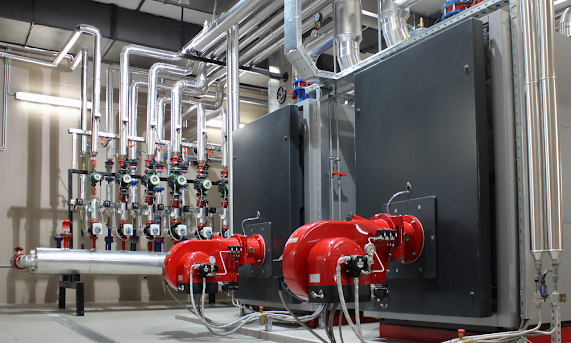Finding the right balance between cooling and heating can be a puzzling task for homeowners in the realm of home comfort. The quest for an optimal temperature often comes with its own challenges, not the least of which is understanding the significant price gap between cooling and heating expenses. In this article, we'll delve into the factors contributing to this financial puzzle and explore ways to balance comfort and affordability.
 |
| Cooling Comfort vs. Heating Expenses |
Seasonal Disparities:
The most apparent reason for the pricing gap between cooling and heating expenses is the differences between seasons. In many regions, cooling demands peak during scorching summer months, requiring more energy to maintain a comfortable indoor environment. On the other hand, heating costs typically escalate during colder winter months. Understanding this seasonal pattern helps explain the fluctuating expenses associated with cooling and heating systems.
Energy Efficiency Discrepancies:
Another crucial factor influencing the pricing gap is the disparity in energy efficiency between cooling and heating systems. Technological advancements in cooling technology have led to the development of highly efficient air conditioning units and systems. However, heating systems, particularly older ones, maybe less energy-efficient, contributing to higher operating costs.
Geographical Variances:
The geographical location of a home plays an important role in determining the expenses associated with cooling and heating. Homes in warmer climates may incur higher cooling costs, whereas those in colder regions might face elevated heating expenses. Understanding the unique climate challenges of your area can help you make informed decisions about your home's HVAC systems.
Maintenance and Upkeep:
The maintenance requirements of cooling and heating systems also contribute to the pricing gap. Air conditioning units often demand regular maintenance to ensure optimal performance, but the costs are lower than some heating systems' maintenance needs. Routine maintenance can help mitigate unexpected repair expenses and contribute to long-term cost savings.
Technological Advances in HVAC:
The evolution of HVAC technology has led to innovations that can impact comfort and expenses. Smart thermostats, energy-efficient heat pumps, and other advancements can help homeowners optimize their systems for cost-effective and comfortable operation. Staying abreast of these technological developments can be crucial in managing cooling and heating expenses.
Energy Source Variability:
The energy source for heating and cooling systems also contributes to the pricing gap. Homes relying on electricity for heating may face higher costs than those using natural gas or other energy sources. Exploring alternative energy options and understanding the associated costs can benefit homeowners seeking to bridge the expense gap.
Conclusion:
The puzzle of the price gap between cooling comfort and heating expenses is multifaceted, encompassing seasonal variations, energy efficiency discrepancies, geographical influences, maintenance needs, technological advances, and energy source variability. Homeowners can navigate this puzzle by adopting energy-efficient systems, staying proactive with maintenance, and leveraging technology to optimize comfort and affordability. By understanding these factors, individuals can make informed decisions that strike the right balance between cooling comfort and home heating expenses.




No comments:
Post a Comment